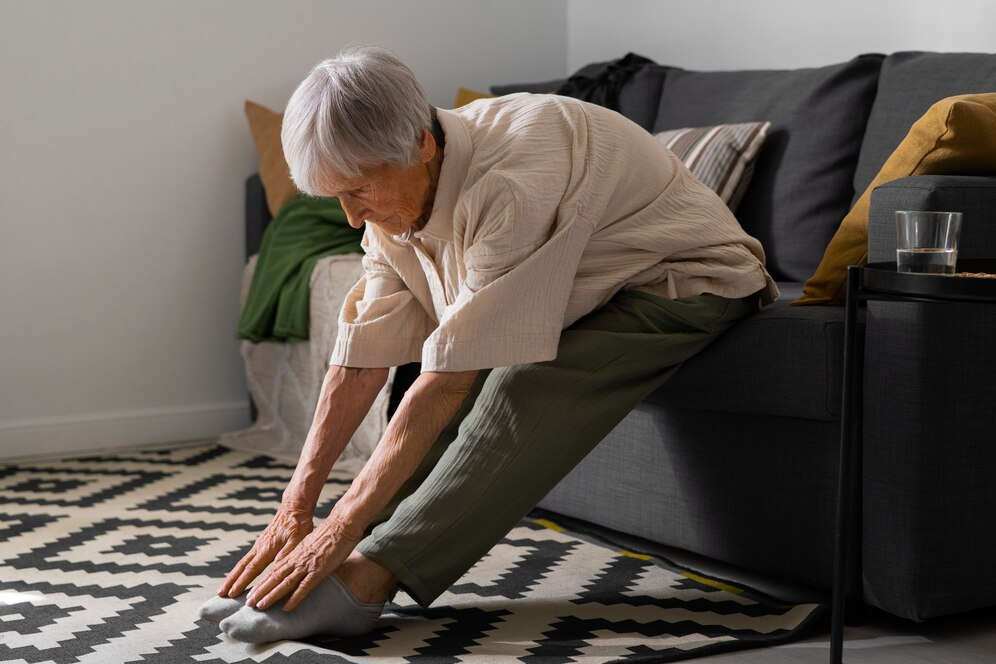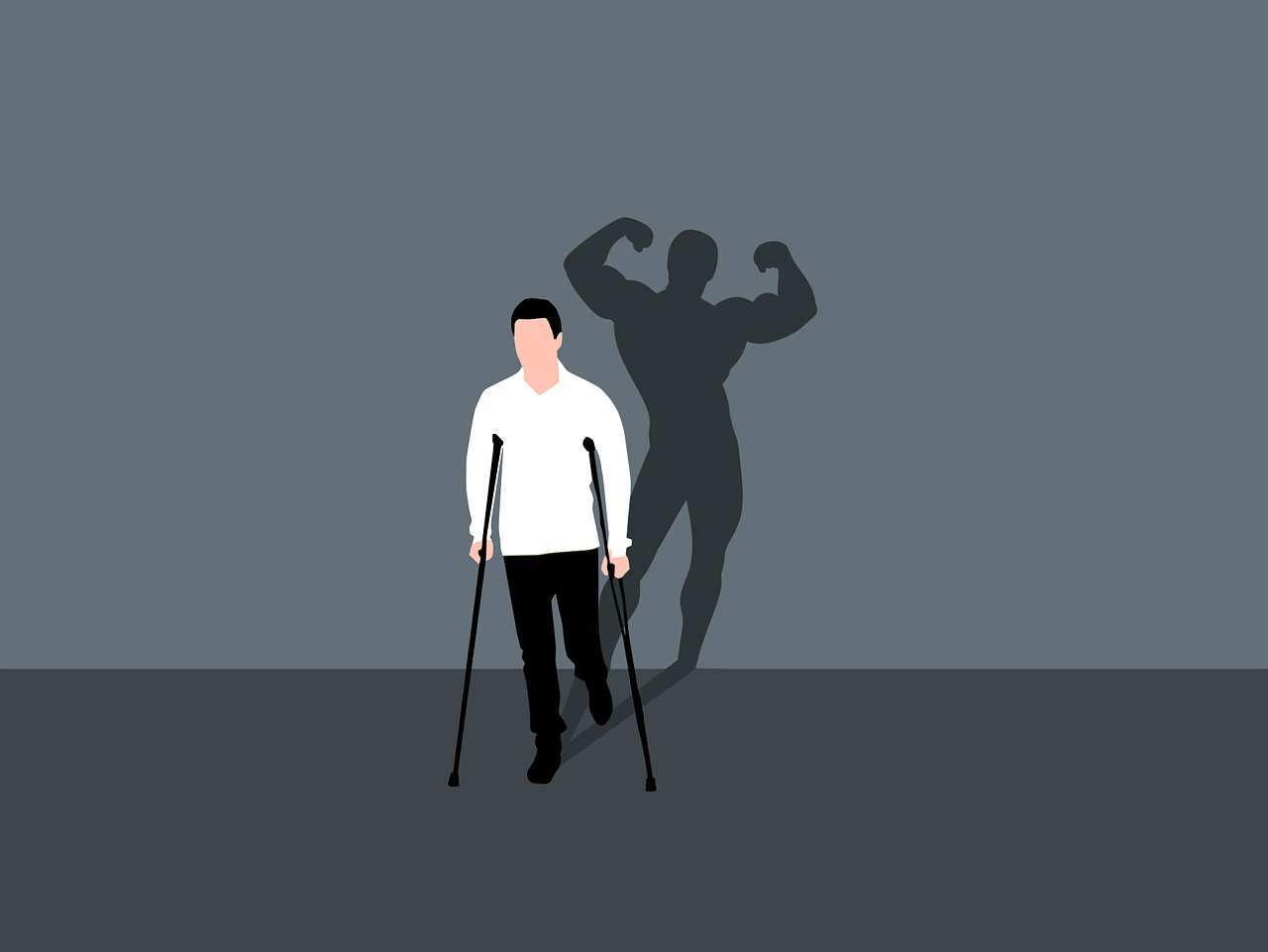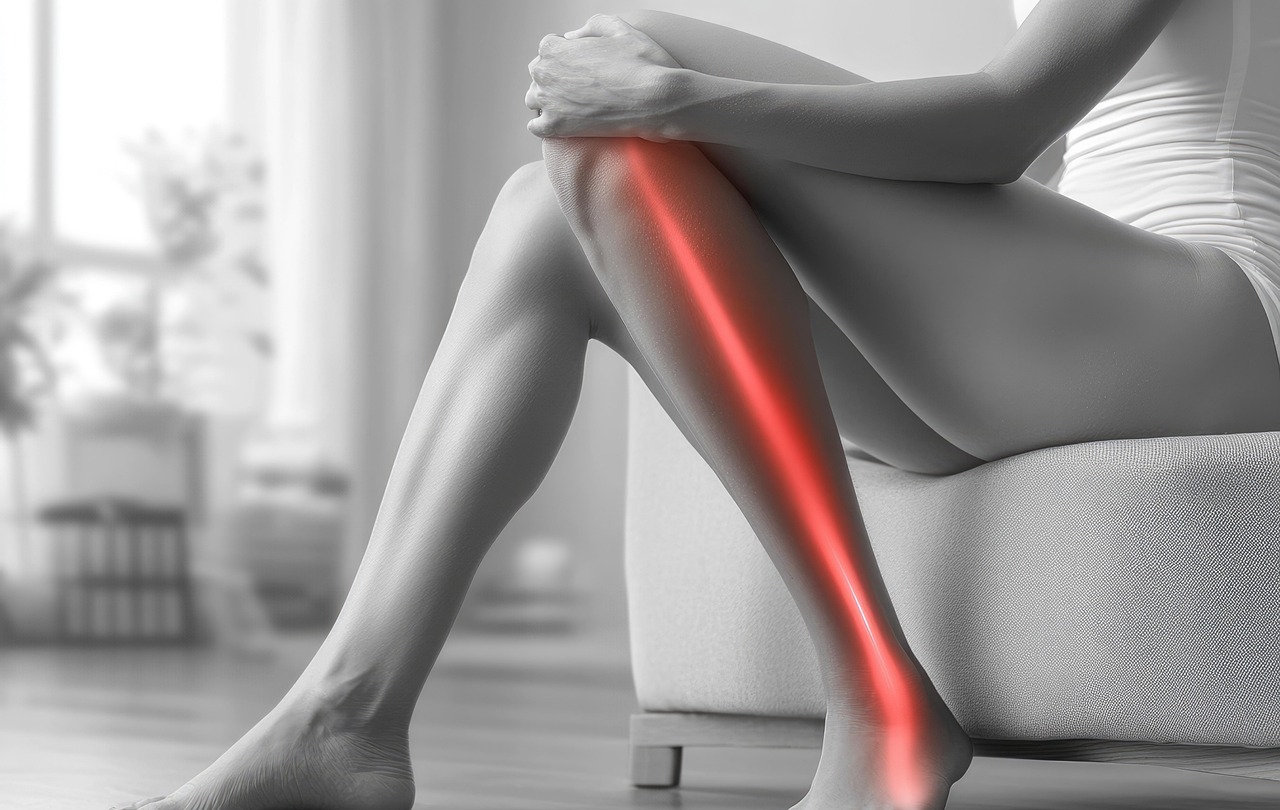
Why Muscle Recovery Matters
Many people focus on building muscle but overlook the importance of recovery. Without adequate recovery, muscles fail to repair optimally, performance plateaus, and injury risks increase. Chronic aches or joint pain can impede progress both in the gym and in daily life. At PracticeRx, our goal is to address the physical challenges that hold you back, allowing you to stay active and perform at your best.
Nandrolone (Deca) for Joint Support
Nandrolone is an anabolic compound sometimes used in a medical context to aid in muscle preservation and reduce joint discomfort. By improving collagen synthesis, it may help with certain chronic pain issues, particularly if degenerative changes in joints are present. Nandrolone is a PracticeRx favorite to add to a hormone replacement program in both men and women because of its superior joint lubrication, muscle-building properties, and low risk for androgenic side effects like acne and fluid retention. However, it’s critical to use nandrolone under medical supervision. Excess dosing can lead to hormonal imbalances, which is why we focus on getting the smallest dose possible which improves your symptoms. For those who qualify, this approach can provide relief from persistent joint issues that haven’t responded well to conventional treatments.
Why Human Growth Hormone (Omnitrope)

Growth hormone (GH) supports tissue repair, muscle growth, and overall recovery. Omnitrope is a form of recombinant human GH that’s indicated for specific medical conditions, but some providers use it off-label to help men recover faster from injuries or surgeries and rapidly improve muscle mass. GH can enhance muscle protein synthesis and might assist in reducing recovery time if used appropriately. Still, it’s important to note that GH therapy comes with its own risks, including potential impacts on blood sugar regulation. Ongoing monitoring is essential to ensure safety and effectiveness.
Peptides (BPC157/TB-500, Pentadeca Artginate, CJC-1295/Ipamorelin)
In recent years, peptides have gained attention for their potential in tissue repair and inflammation reduction. BPC157/TB-500 is believed to promote angiogenesis (formation of new blood vessels) and aid in healing soft tissues. Pentadeca Artginate (or Pentadeca Acinate) is researched for its role in both gut and musculoskeletal repair. CJC-1295/Ipamorelin act on the pituitary gland to boost growth hormone release, supporting recovery and lean body mass. While studies on these peptides are still emerging, many users report positive effects on recovery speed and inflammation control.

Physical Therapy and Exercise Modification
Even with advanced therapies, patients benefit greatly from structured exercise programs that target the root causes of chronic pain or recurring injuries. Physical therapy can address muscular imbalances, improve flexibility, and retrain movement patterns that lead to strain or overuse. Simple modifications, like adjusting exercise form or using different equipment, often prevent aggravation of old injuries. We emphasize a progressive approach, starting with lighter loads or fewer repetitions, then building up as resilience improves. If you have questions or would like a free consultation, contact us for free today.
Nutritional Impact on Recovery
Nutrition plays a vital role in muscle repair. Adequate protein intake provides the amino acids needed for muscle synthesis, while micronutrients like vitamin D, magnesium, and zinc support tissue function. Anti-inflammatory foods; rich in omega-3 fatty acids and antioxidants, can also help mitigate exercise-induced muscle damage. Some men adopt specific eating patterns, such as intermittent fasting, to support recovery and hormone health, though this approach may not be suitable for everyone. We tailor nutritional guidance to match individual goals, whether that’s bulking up or maintaining a lean physique while minimizing soreness.

Combining Therapies for Comprehensive Healing
In some cases, stacking certain peptides with hormone therapies provides a synergistic effect, accelerating tissue repair and reducing downtime from injuries. For example, a someone recovering from a rotator cuff injury might use BPC157/TB-500, follow a physical therapy regimen, and optimize testosterone levels simultaneously. These combined strategies can result in faster healing than any single approach alone. Communication between your healthcare provider, physical therapist, and potentially other specialists is crucial to ensure that each component of your plan complements the others.
Risk Management and Monitoring
All hormone-related or peptide-based treatments should involve regular blood work to check for side effects. Elevated IGF-1 levels, changes in blood lipids, and shifts in liver or kidney function are potential concerns. By tracking these markers, we can intervene early if something deviates from the normal range. Additionally, we watch for signs of fluid retention or carpal tunnel symptoms, which may occur with certain GH-related therapies. The overarching goal is to harness the benefits of these treatments without incurring new health risks.

Lifestyle Factors Affecting Recovery
Sleep remains one of the most underrated aspects of muscle recovery. Deep, restful sleep is when the body performs much of its repair work, releasing hormones essential for healing. Chronic sleep deprivation can undo the benefits of advanced therapies by hindering tissue regeneration. Stress is another major factor; sustained high cortisol can break down muscle and impede healing. Techniques like daily meditation, breathing exercises, or even counseling may be employed to keep stress levels in check.
Preventing Future Injuries
Once recovery is underway, prevention becomes the priority. This often involves refining workout routines to avoid repetitive strain, learning proper lifting techniques, and integrating rest days strategically. Periodization—cycling intensity and volume in your training—helps protect your muscles and joints from overuse. We also consider supportive gear like braces or compression garments if certain joints remain vulnerable.

Empowering You for Long-Term Performance
Men and women who address muscle recovery and injury support in a comprehensive manner often find they can sustain more intense training, whether for sports, recreational activities, or simply staying strong as they age. The confidence that comes from knowing your body can handle increased stress and bounce back quickly often carries over into other areas of life. At PracticeRx, we see our role as partners in your journey; assessing, advising, and adjusting as you progress. The right combination of medical therapies, exercise, nutrition, and recovery strategies can help you stay active, build resilience, and maintain the lifestyle you want.
